CACI No. 1203. Strict Liability - Design Defect - Consumer Expectation Test - Essential Factual Elements
Judicial Council of California Civil Jury Instructions (2023 edition)
Download PDF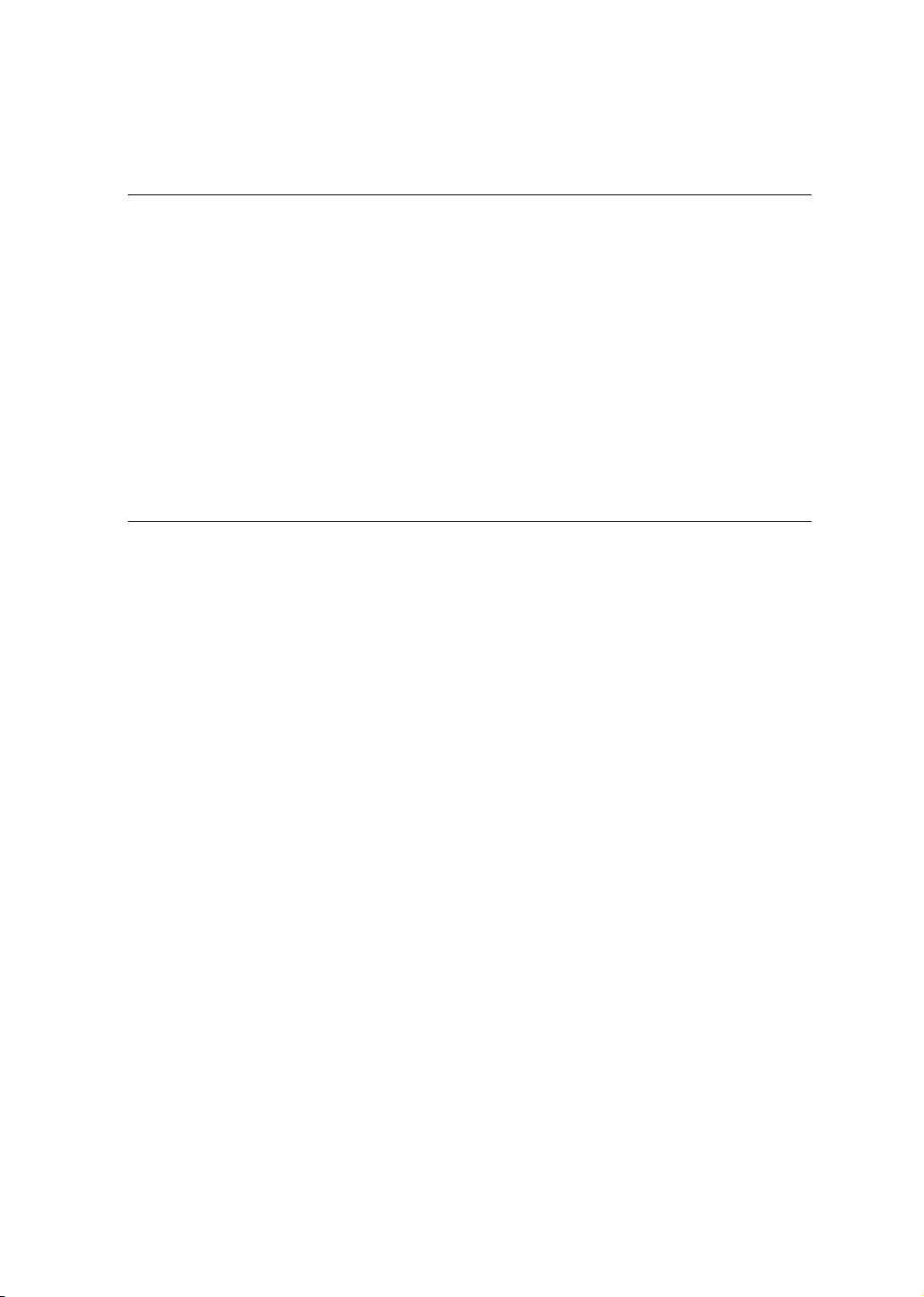
1203.Strict Liability - Design Defect - Consumer Expectation
Test - Essential Factual Elements
[Name of plaintiff] claims the [product]’s design was defective because the
[product] did not perform as safely as an ordinary consumer would have
expected it to perform. To establish this claim, [name of plaintiff] must
prove all of the following:
1. That [name of defendant] [manufactured/distributed/sold] the
[product];
2. That the [product] did not perform as safely as an ordinary
consumer would have expected it to perform when used or
misused in an intended or reasonably foreseeable way;
3. That [name of plaintiff] was harmed; and
4. That the [product]’s failure to perform safely was a substantial
factor in causing [name of plaintiff]’s harm.
New September 2003; Revised December 2005, April 2009, December 2009, June
2011, January 2018, May 2020
Directions for Use
The consumer expectation test and the risk-benefit test for design defect are not
mutually exclusive, and depending on the facts and circumstances of the case, both
may be presented to the trier of fact in the same case. (Demara v. The Raymond
Corp. (2017) 13 Cal.App.5th 545, 554 [221 Cal.Rptr.3d 102].) If both tests are
asserted by the plaintiff, the burden-of-proof instructions must make it clear that the
two tests are alternatives. (Bracisco v. Beech Aircraft Corp. (1984) 159 Cal.App.3d
1101, 1106-1107 [206 Cal.Rptr. 431].)
The court must make an initial determination as to whether the consumer
expectation test applies to the product. In some cases, the court may determine that
the product is one to which the test may, but not necessarily does, apply, leaving the
determination to the jury. (See Saller v. Crown Cork & Seal Co., Inc. (2010) 187
Cal.App.4th 1220, 1233-1234 [115 Cal.Rptr.3d 151].) In such a case, modify the
instruction to advise the jury that it must first determine whether the product is one
about which an ordinary consumer can form reasonable minimum safety
expectations.
To make a prima facie case, the plaintiff has the initial burden of producing
evidence that the plaintiff was injured while the product was being used in an
intended or reasonably foreseeable manner. If this prima facie burden is met, the
burden of proof shifts to the defendant to prove that the plaintiff’s injury resulted
from a misuse of the product. (See Perez v. VAS S.p.A. (2010) 188 Cal.App.4th 658,
678 [115 Cal.Rptr.3d 590] [risk-benefit case]; see also CACI No. 1245, Affırmative
731
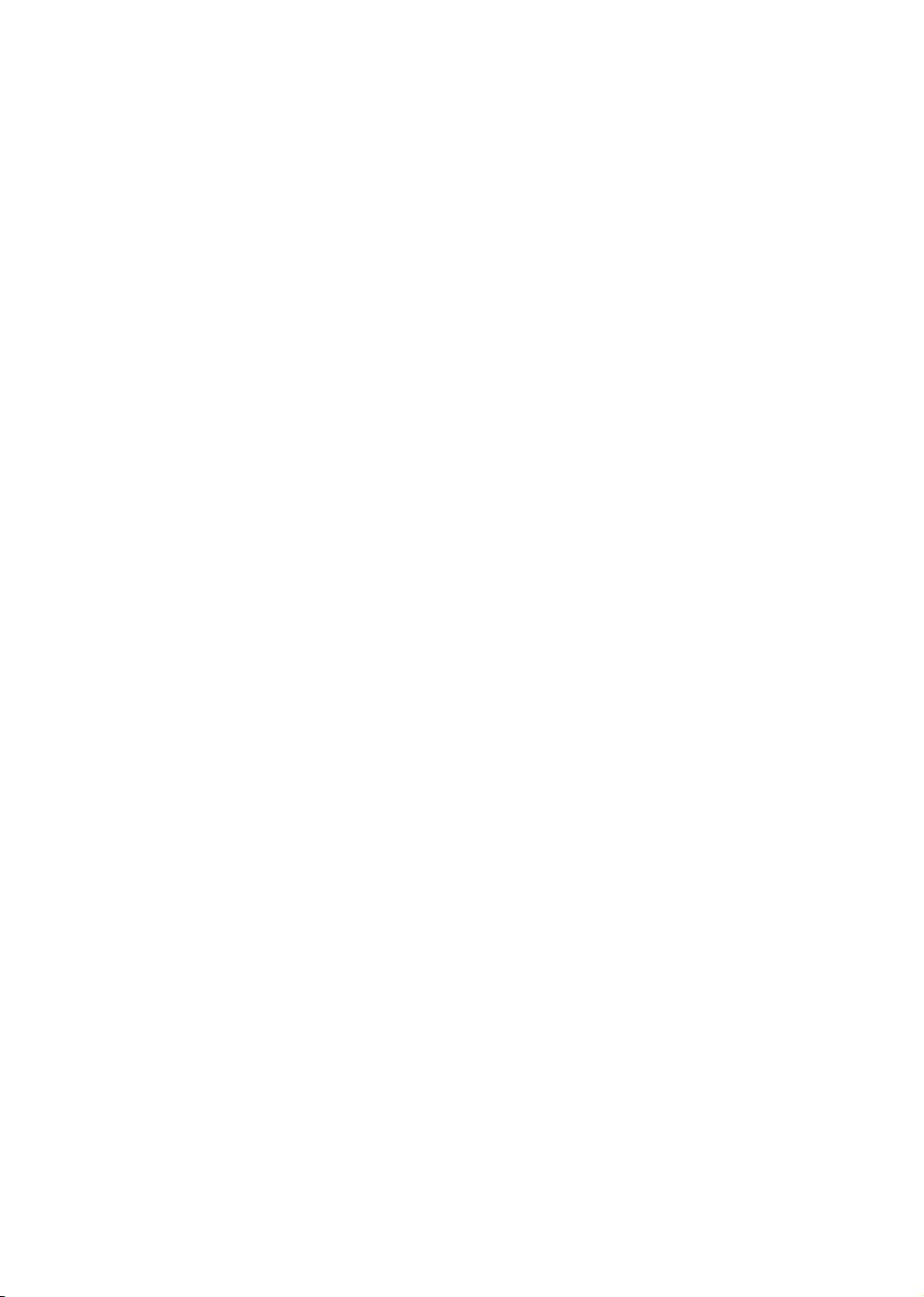
Defense - Product Misuse or Modification.) Product misuse is a complete defense to
strict products liability if the defendant proves that an unforeseeable abuse or
alteration of the product after it left the manufacturer’s hands was the sole cause of
the plaintiff’s injury. (Campbell v. Southern Pacific Co. (1978) 22 Cal.3d 51, 56
[148 Cal.Rptr. 596, 583 P.2d 121]; see CACI No. 1245.) Misuse or modification that
was a substantial factor in, but not the sole cause of, plaintiff’s harm may also be
considered in determining the comparative fault of the plaintiff or of third persons.
See CACI No. 1207A, Strict Liability - Comparative Fault of Plaintiff, and CACI
No. 1207B, Strict Liability - Comparative Fault of Third Person.
Sources and Authority
• “A manufacturer, distributor, or retailer is liable in tort if a defect in the
manufacture or design of its product causes injury while the product is being
used in a reasonably foreseeable way.” (Soule v. General Motors Corp. (1994) 8
Cal.4th 548, 560 [34 Cal.Rptr.2d 607, 882 P.2d 298].)
• “[T]he term defect as utilized in the strict liability context is neither self-defining
nor susceptible to a single definition applicable in all contexts.” (Johnson v.
United States Steel Corp. (2015) 240 Cal.App.4th 22, 31 [192 Cal.Rptr.3d 158].)
• “[A] product is defective in design either (1) if the product has failed to perform
as safely as an ordinary consumer would expect when used in an intended or
reasonably foreseeable manner, or (2) if, in light of the relevant factors . . . , the
benefits of the challenged design do not outweigh the risk of danger inherent in
such design.” (Barker v. Lull Engineering Co. (1978) 20 Cal.3d 413, 418 [143
Cal.Rptr. 225, 573 P.2d 443].)
• “The [consumer-expectation and risk-benefit] tests provide alternative means for
a plaintiff to prove design defect and do not serve as defenses to one another. A
product may be defective under the consumer expectation test even if the
benefits of the design outweigh the risks. [Citation.] On the other hand, a
product may be defective if it satisfies consumer expectations but contains an
excessively preventable danger in that the risks of the design outweigh its
benefits.” (Chavez v. Glock, Inc. (2012) 207 Cal.App.4th 1283, 1303 [144
Cal.Rptr.3d 326].)
• “In order to establish a design defect under the consumer expectation test when
a ‘ “ ‘product is one within the common experience of ordinary consumers,’ ” ’
the plaintiff must ‘ “ ‘provide[] evidence concerning (1) his or her use of the
product; (2) the circumstances surrounding the injury; and (3) the objective
features of the product which are relevant to an evaluation of its safety.’
[Citation.] The test is that of a hypothetical reasonable consumer, not the
expectation of the particular plaintiff in the case.” ’ ” (Trejo v. Johnson &
Johnson (2017) 13 Cal.App.5th 110, 157 [220 Cal.Rptr.3d 127].)
• “The rationale of the consumer expectations test is that ‘[t]he purposes,
behaviors, and dangers of certain products are commonly understood by those
who ordinarily use them.’ Therefore, in some cases, ordinary knowledge of the
product’s characteristics may permit an inference that the product did not
CACI No. 1203 PRODUCTS LIABILITY
732
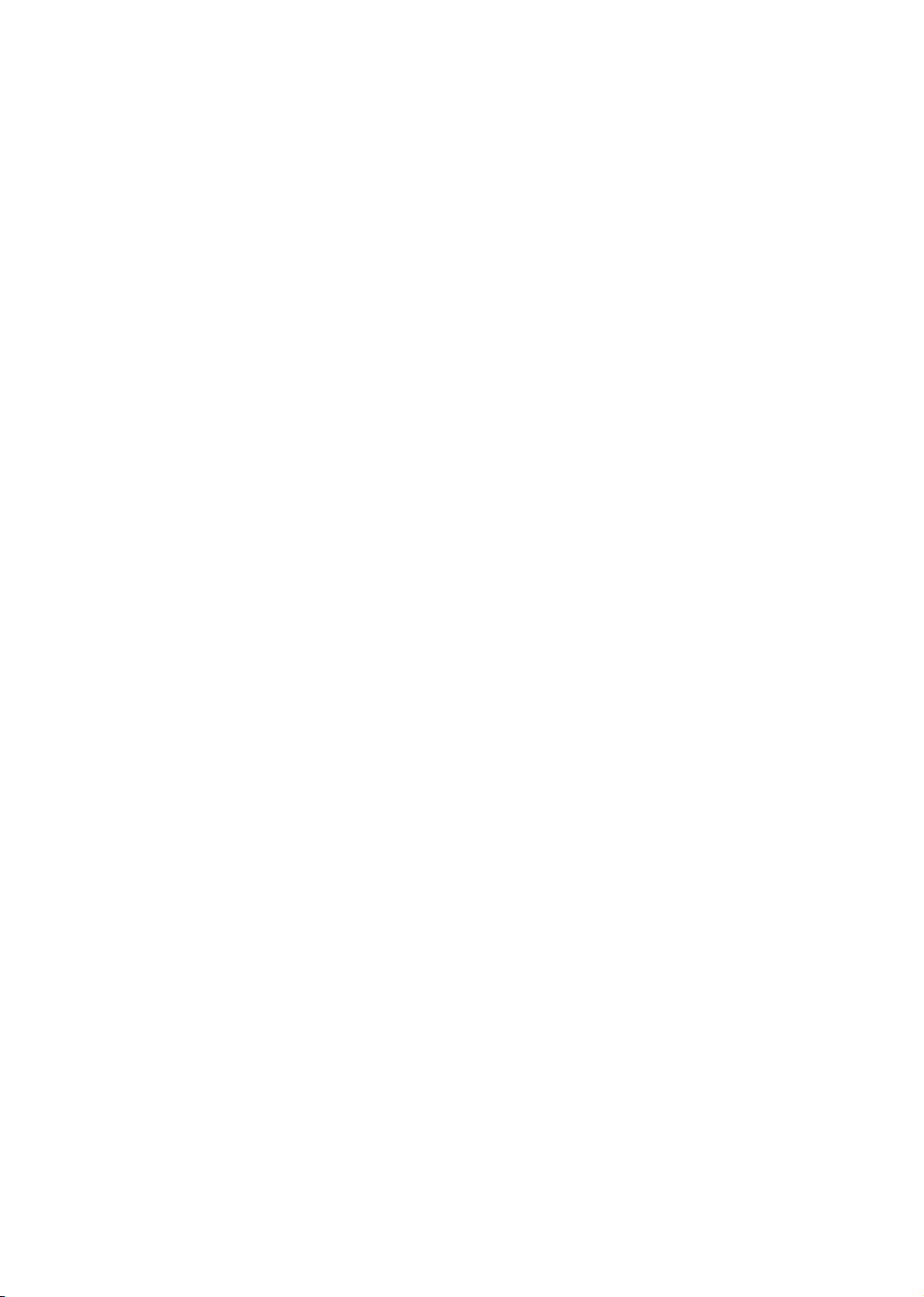
perform as safely as it should. ‘If the facts permit such a conclusion, and if the
failure resulted from the product’s design, a finding of defect is warranted
without any further proof,’ and the manufacturer may not defend by presenting
expert evidence of a risk/benefit analysis. . . . Nonetheless, the inherent
complexity of the product itself is not controlling on the issue of whether the
consumer expectations test applies; a complex product ‘may perform so unsafely
that the defect is apparent to the common reason, experience, and understanding
of its ordinary consumers.’ ” (Saller, supra, 187 Cal.App.4th at p. 1232, original
italics, internal citations omitted.)
• “The critical question, in assessing the applicability of the consumer expectation
test, is not whether the product, when considered in isolation, is beyond the
ordinary knowledge of the consumer, but whether the product, in the context of
the facts and circumstances of its failure, is one about which the ordinary
consumers can form minimum safety expectations.” (Pannu v. Land Rover North
America, Inc. (2011) 191 Cal.App.4th 1298, 1311-1312 [120 Cal.Rptr.3d 605].)
• “Whether the jury should be instructed on either the consumer expectations test
or the risk/benefit test depends upon the particular facts of the case. In a jury
case, the trial court must initially determine as a question of foundation, within
the context of the facts and circumstances of the particular case, whether the
product is one about which the ordinary consumer can form reasonable
minimum safety expectations. ‘If the court concludes it is not, no consumer
expectation instruction should be given. . . . If, on the other hand, the trial court
finds there is sufficient evidence to support a finding that the ordinary consumer
can form reasonable minimum safety expectations, the court should instruct the
jury, consistent with Evidence Code section 403, subdivision (c), to determine
whether the consumer expectation test applies to the product at issue in the
circumstances of the case [or] to disregard the evidence about consumer
expectations unless the jury finds that the test is applicable. If it finds the test
applicable, the jury then must decide whether the product failed to perform as
safely as an ordinary consumer would expect when the product is used in an
intended or reasonably foreseeable manner.’ ” (Saller, supra, 187 Cal.App.4th at
pp. 1233-1234, internal citations omitted.)
• “[The] dual standard for design defect assures an injured plaintiff protection
from products that either fall below ordinary consumer expectations as to safety
or that, on balance, are not as safely designed as they should be.” (Barker, supra,
20 Cal.3d at p. 418.)
• The consumer expectation test “acknowledges the relationship between strict tort
liability for a defective product and the common law doctrine of warranty, which
holds that a product’s presence on the market includes an implied representation
‘that it [will] safely do the jobs for which it was built.’ ” (Soule, supra, 8 Cal.4th
at p. 562, internal citations omitted.)
• “[T]he jury may not be left free to find a violation of ordinary consumer
expectations whenever it chooses. Unless the facts actually permit an inference
that the product’s performance did not meet the minimum safety expectations of
PRODUCTS LIABILITY CACI No. 1203
733

its ordinary users, the jury must engage in the balancing of risks and benefits
required by the second prong of Barker. Accordingly, as Barker indicated,
instructions are misleading and incorrect if they allow a jury to avoid this risk-
benefit analysis in a case where it is required.” (Soule, supra, 8 Cal.4th at p.
568.)
• “[T]he consumer expectation test does not apply merely because the consumer
states that he or she did not expect to be injured by the product.” (Trejo, supra,
13 Cal.App.5th at p. 159.)
• “[T]he consumer expectation test is reserved for cases in which the everyday
experience of the product’s users permits a conclusion that the product’s design
violated minimum safety assumptions, and is thus defective regardless of expert
opinion about the merits of the design.” (Soule, supra, 8 Cal.4th at p. 567,
original italics.)
• “[A] product’s users include anyone whose injury was ‘reasonably foreseeable.’ ”
(Demara, supra, 13 Cal.App.5th at p. 559.)
• “If the facts permit an inference that the product at issue is one about which
consumers may form minimum safety assumptions in the context of a particular
accident, then it is enough for a plaintiff, proceeding under the consumer
expectation test, to show the circumstances of the accident and ‘the objective
features of the product which are relevant to an evaluation of its safety’
[citation], leaving it to the fact finder to ‘employ “[its] own sense of whether the
product meets ordinary expectations as to its safety under the circumstances
presented by the evidence.” ’ [Citations.] Expert testimony as to what consumers
ordinarily ‘expect’ is generally improper.” (Chavez, supra, 207 Cal.App.4th at p.
1303.)
• “That causation for a plaintiff’s injuries was proved through expert testimony
does not mean that an ordinary consumer would be unable to form assumptions
about the product’s safety. Accordingly, the trial court properly instructed the
jury on the consumer expectations test.” (Romine v. Johnson Controls, Inc.
(2014) 224 Cal.App.4th 990, 1004 [169 Cal.Rptr.3d 208], internal citations
omitted.)
• “Generally, ‘ “[e]xpert witnesses may not be used to demonstrate what an
ordinary consumer would or should expect,” because the idea behind the
consumer expectations test is that the lay jurors have common knowledge about
the product’s basic safety.’ However, ‘where the product is in specialized use
with a limited group of consumers[,] . . . ‘. . . expert testimony on the limited
subject of what the product’s actual consumers do expect may be proper” ’
because ‘ “the expectations of the product’s limited group of ordinary consumers
are beyond the lay experience common to all jurors.” ’ ” (Verrazono v. Gehl Co.
(2020) 50 Cal.App.5th 636, 646-647 [263 Cal.Rptr.3d 663], original italics,
internal citation omitted.)
• “In determining whether a product’s safety satisfies [the consumer expectation
test], the jury considers the expectations of a hypothetical reasonable consumer,
CACI No. 1203 PRODUCTS LIABILITY
734
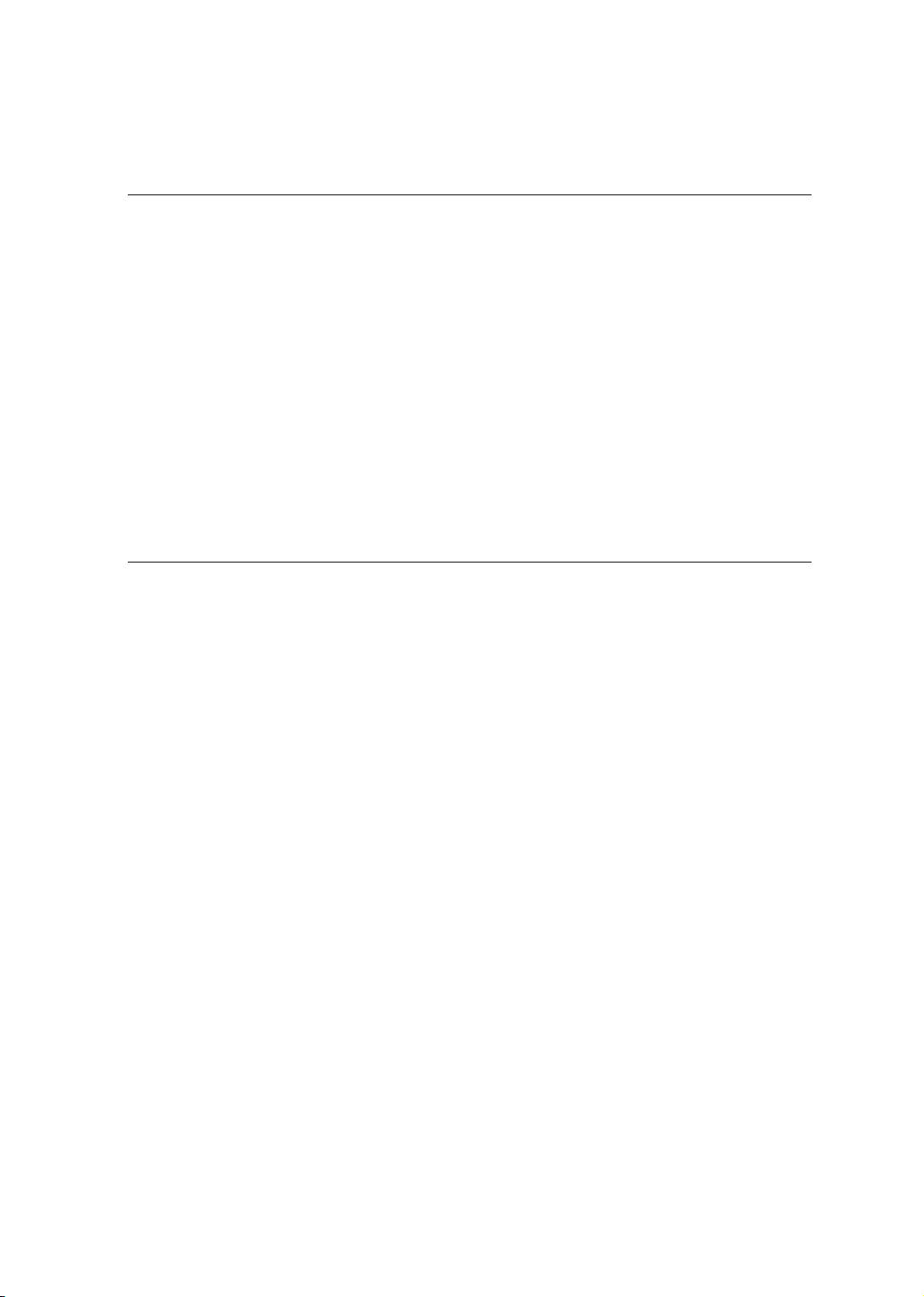
rather than those of the particular plaintiff in the case.” (Campbell v. General
Motors Corp. (1982) 32 Cal.3d 112, 126, fn. 6 [184 Cal.Rptr. 891, 649 P.2d
224].)
• “[E]vidence as to what the scientific community knew about the dangers . . .
and when they knew it is not relevant to show what the ordinary consumer of
[defendant]’s product reasonably expected in terms of safety at the time of
[plaintiff]’s exposure. It is the knowledge and reasonable expectations of the
consumer, not the scientific community, that is relevant under the consumer
expectations test.” (Morton v. Owens-Corning Fiberglas Corp. (1995) 33
Cal.App.4th 1529, 1536 [40 Cal.Rptr.2d 22].)
• “Where liability depends on the proof of a design defect, no practical difference
exists between negligence and strict liability; the claims merge.” (Lambert v.
General Motors (1998) 67 Cal.App.4th 1179, 1185 [79 Cal.Rptr.2d 657].)
• “ ‘[T]he law now requires a manufacturer to foresee some degree of misuse and
abuse of his product, either by the user or by third parties, and to take
reasonable precautions to minimize the harm that may result from misuse and
abuse. . . . [T]he extent to which designers and manufacturers of dangerous
machinery are required to anticipate safety neglect presents an issue of fact.’ ”
(Wright v. Stang Manufacturing Co. (1997) 54 Cal.App.4th 1218, 1235 [63
Cal.Rptr.2d 422].)
• “[T]he plaintiff bears an initial burden of making ‘a prima facie showing that the
injury was proximately caused by the product’s design.’ This showing requires
evidence that the plaintiff was injured while using the product in an intended or
reasonably foreseeable manner and that the plaintiff’s ability to avoid injury was
frustrated by the absence of a safety device, or by the nature of the product’s
design. If this prima facie burden is met, the burden of proof shifts to the
defendant to prove, in light of the relevant factors, that the product is not
defective. Importantly, the plaintiff’s prima facie burden of producing evidence
that injury occurred while the product was being used in an intended or
reasonably foreseeable manner must be distinguished from the ultimate burden
of proof that rests with the defendant to establish that its product was not
defective because the plaintiff’s injury resulted from a misuse of the product.”
(Perez, supra, 188 Cal.App.4th at p. 678, original italics, internal citations
omitted.)
• “The use of asbestos insulation is a product that is within the understanding of
ordinary lay consumers.” (Saller, supra, 187 Cal.App.4th at p. 1236.)
Secondary Sources
6 Witkin, Summary of California Law (11th ed. 2017) Torts, §§ 1615-1631
Haning et al., California Practice Guide: Personal Injury, Ch. 2(II)-D, Strict Liability
For Defective Products, ¶¶ 2:1220-2:1222 (The Rutter Group)
California Products Liability Actions, Ch. 2, Liability for Defective Products, § 2.11,
Ch. 7, Proof, § 7.02 (Matthew Bender)
40 California Forms of Pleading and Practice, Ch. 460, Products Liability, § 460.11
PRODUCTS LIABILITY CACI No. 1203
735
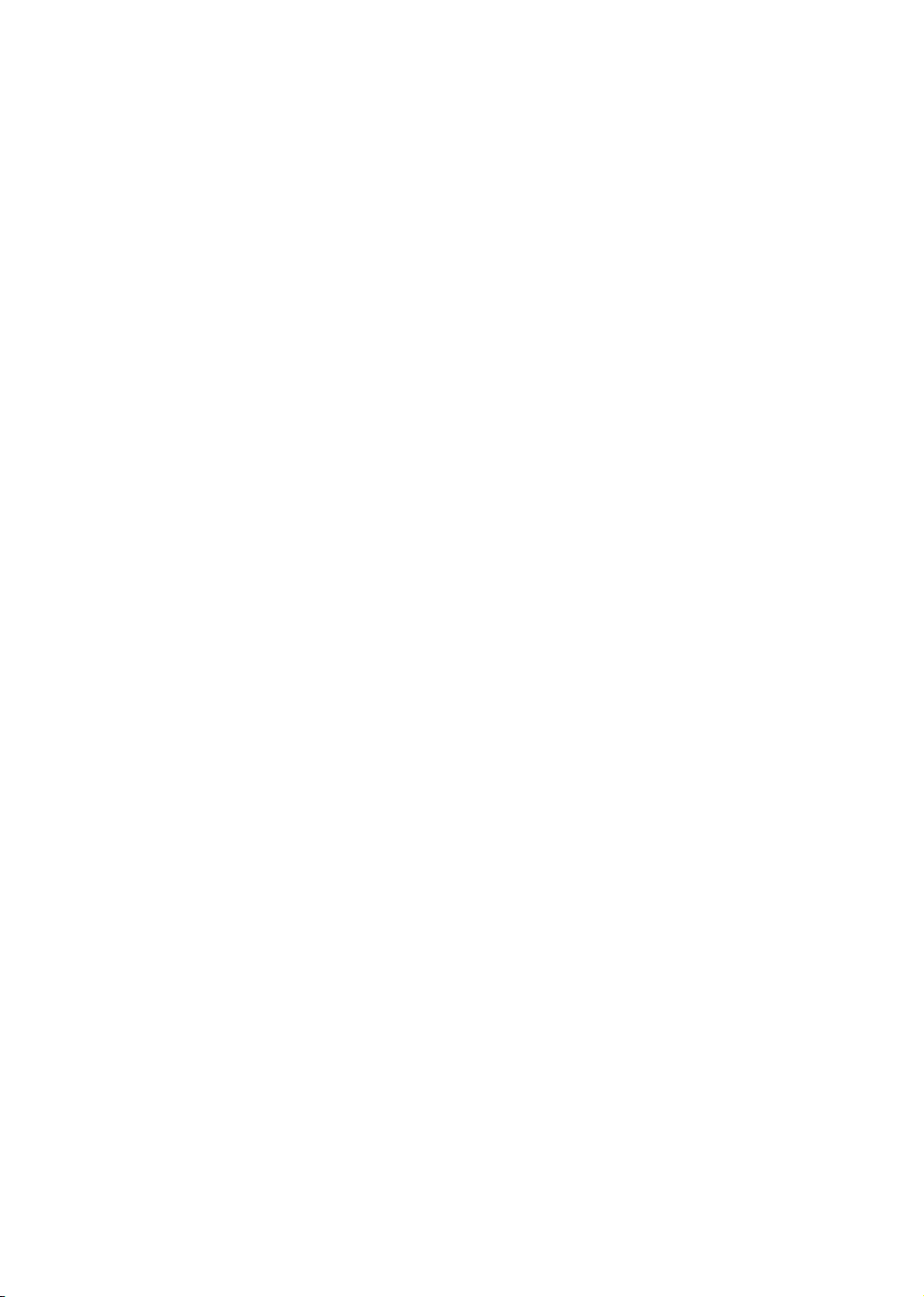
(Matthew Bender)
19 California Points and Authorities, Ch. 190, Products Liability, § 190.116
(Matthew Bender)
CACI No. 1203 PRODUCTS LIABILITY
736
© Judicial Council of California.